Community Science
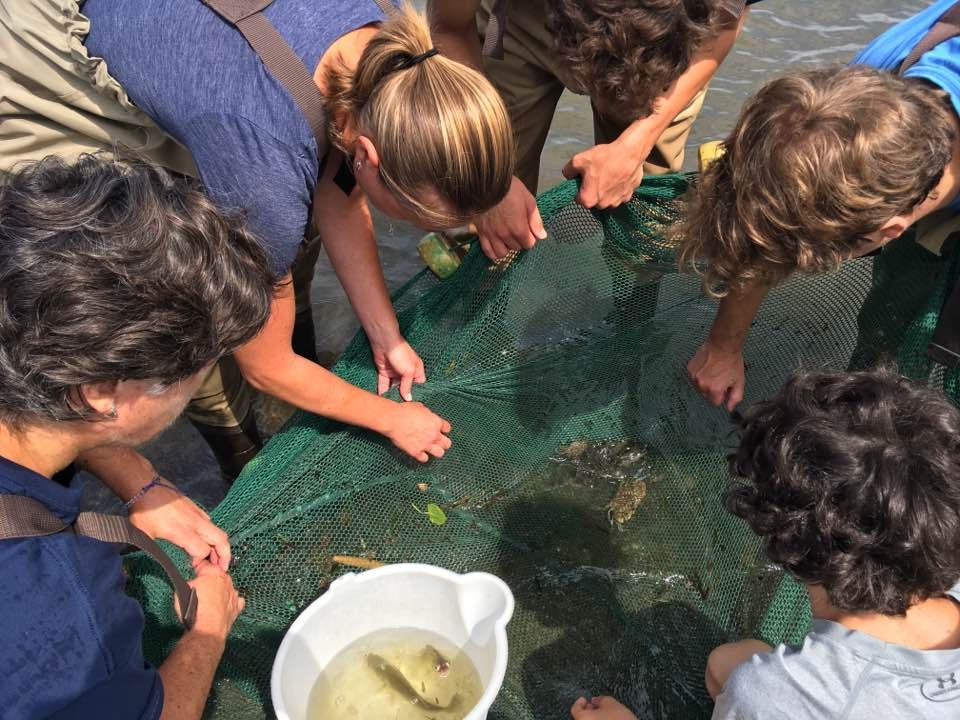
Community science projects provide an opportunity to increase scientific literacy, learn about active research occurring locally, be part of a community, build appreciation for the natural environment, and work outdoors conducting field work!
The Field Station operates several Community Science projects with different time commitments; however, all projects require training and practice. The Field Station provides all of the necessary equipment and gear.
- Glass Eel Monitoring with Eel Mops (in partnership with the NYSDEC Hudson River Estuary Program)
- Oyster Cage Monitoring (in partnership with the Billion Oyster Project)
- Fish Abundance and Diversity off Piermont Pier - seine netting and rod-reel
- Microplastics Survey
GET INVOLVED:
If you are interested in community science opportunities, please complete this HRFS Participation Form. Participants must be at least 12 years of age, and minors must be accompanied by an adult.
If you have any questions, please don’t hesitate to contact Marisa Annunziato, Education Program Assistant.
Project Details
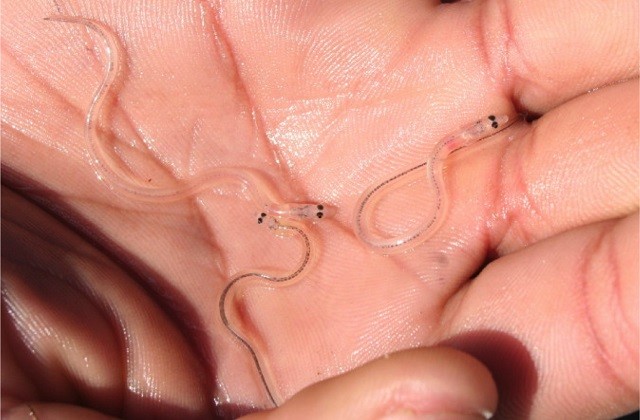
The American Eel (Anguilla rostrata) is a unique migratory fish that is born in the Sargasso Sea in the Atlantic Ocean and enters estuaries along the east coast of North America. These tiny, transparent “glass eels” endure this long migrational journey by hitching a ride on the Gulf Stream, and peeling off into estuarine rivers and tributaries, including the Hudson River. Upon arrival, the eels begin to gain pigment to camouflage with the estuary environment, and at this stage, the eels are referred to as “elvers”. The American eel will then spend the majority of their adult lives in fresh to brackish (a mix of fresh and salty) water ecosystems until they are ready to undergo the long migration back to the Sargasso Sea to spawn.

COMMUNITY SCIENTISTS WILL:
- Attend a training to understand the life history of American eels.
- Help with the creation of eel mops.
- Count, measure, and identify the life stages of American eels caught in the eel mop.
WHEN: Typically March to early-to-mid May. Stay tuned for more information.
WHERE: Piermont Pier
WHO: Everyone! Children under the age of 18 must be accompanied by an adult.
GET INVOLVED: To attend trainings & participate, contact Marisa Annunziato, Education Program Assistant.
This project is coordinated by the Department of Environmental Conservation (NYS DEC) Hudson River Estuary Program and the Hudson River National Estuarine Research Reserve.
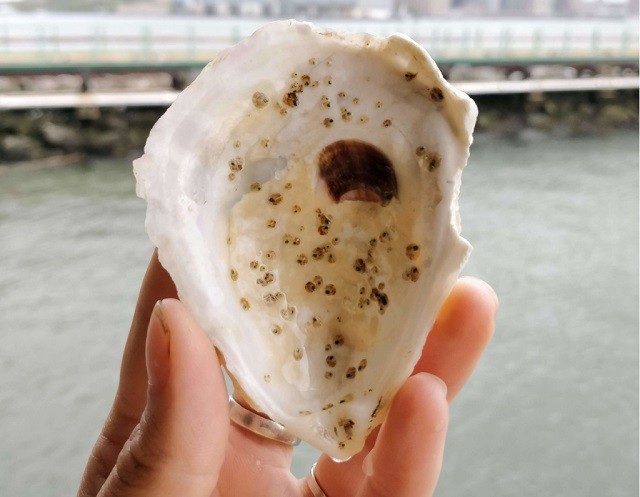
When Henry Hudson arrived in New York City in 1609, there were approximately 350 square miles of oyster reefs in the harbor and surrounding waters. While oysters were particularly abundant in the New York Harbor in recent history, large mounds of oysters, called “middens” were historically found in the Hudson Valley. Lamont scientists identified the remains of a fossil oyster beds (Crassostrea virginica) on the Hudson River bottom from Piermont to Haverstraw Bay. Radiocarbon-dated sediment cores indicate that the oysters thrived during two time periods from ~500-2,400 and ~5,600-6,100 years ago when temperatures were warm (Carbotte et. al., 2004). During the summer of 2019, a Lamont scientist found live oysters growing on water monitoring equipment off of Piermont Pier. Perhaps wild oysters are returning to this area once again!
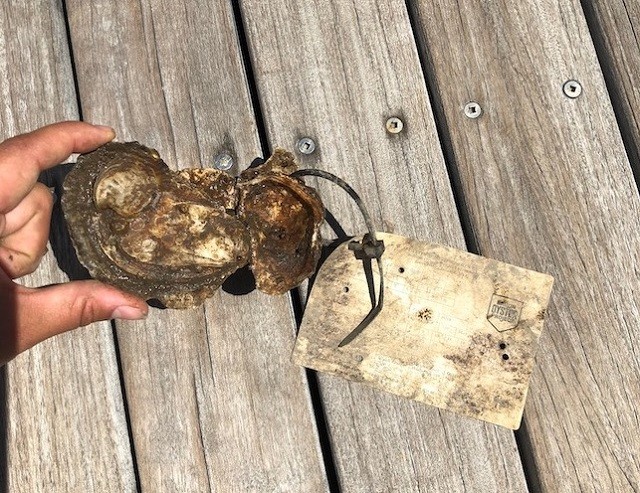
Oyster reefs are incredibly important for the Hudson River ecosystem for a variety of reasons: they provide habitat and food for a variety of fish and invertebrates, they have a powerful ability to filter water (especially of nitrogen pollution) as they filter feed, and they can protect the coastlines from storm damage by absorbing wave energy, reducing flooding and preventing erosion. Unfortunately, the once thriving and abundant New York oyster reefs have been diminished due to overharvest, dredging, landfill, and sewage pollution.
The monitoring of oyster cages throughout the lower Hudson River and New York Harbor will identify suitable habitats for further oyster restoration efforts. The restoration of oysters reefs will result in a cleaner Hudson River and greater biodiversity!
COMMUNITY SCIENTISTS WILL:
- Attend a training to understand the history and importance of oysters in our Hudson River ecosystem.
- Measure and record data about each of the oysters in the cages.
- Identify and record data about any other creatures that have made a home in the oyster cages.
WHEN: Typically spring, summer, fall. Stay tuned for more information.
WHERE: Piermont Pier
WHO: Everyone! Children under the age of 18 must be accompanied by an adult.
GET INVOLVED: To attend trainings & participate, contact Marisa Annunziato, Education Program Assistant.
This project is coordinated by the Billion Oyster Project.
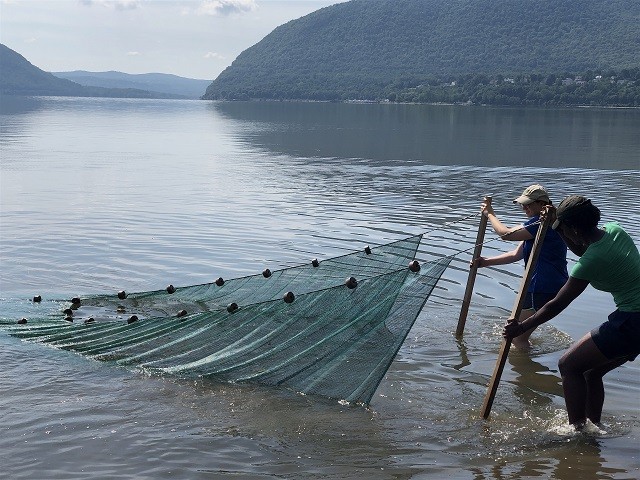
Piermont Pier is located in the lower Hudson Reach toward the bottom of the wide bays of the Hudson River Estuary. The wide bays are shallow, nutrient rich, and the widest part of the Hudson (stretching about 3 miles wide in Haverstraw Bay). These key characteristics make this area a critical habitat and nursery for many native species and migratory fish. In fact, Haverstraw Bay of the wide bays section is rated and designated as the most significant coastal fish and wildlife habitat in the Hudson. Biological data collection is important for us to better understand the biodiversity and population dynamics that exist in our special home on the Hudson.
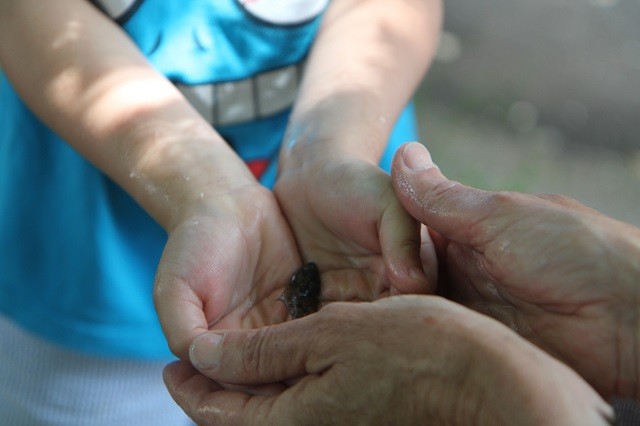
COMMUNITY SCIENTISTS WILL:
- Learn how to catch fish with a seine net in the shallow waters off of Piermont Pier wearing waders.
- Identify, count, and measure the fish and invertebrates that get caught in our net.
- Help record this data to be added to our long term data set.
WHEN: Seasonal Science Saturday Events (June through September)
WHERE: Piermont Pier
WHO: Everyone! Children under the age of 18 must be accompanied by an adult.
GET INVOLVED: Any questions? Contact Marisa Annunziato, Education Program Assistant.
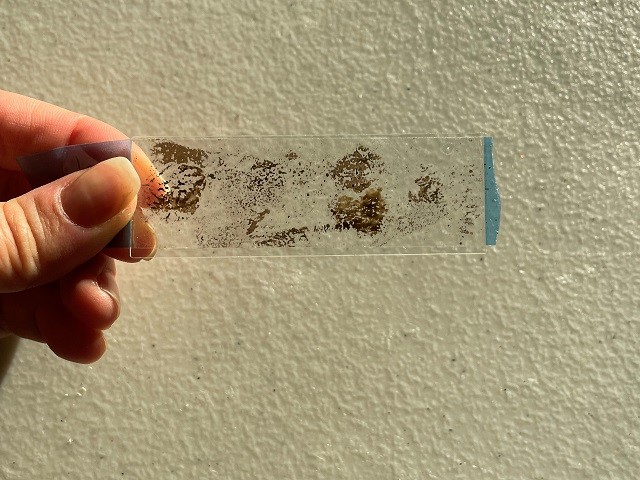
With ~80% of marine debris originating from land based sources, individual actions and waste management have a significant impact on our neighboring waterways and the ocean. The Hudson River watershed covers almost 13,400 square miles where water flows from the land to the Hudson River. The actions taken by nearly 5 million people living in the Hudson River watershed dictate the health of the Hudson. Crowdsourcing and collective action are powerful tools that can address local plastic pollution. Through community scientists, we will be able to collect data that can grow our understanding of the spatial and temporal distribution of microplastics in the Hudson and to increase awareness and environmental stewardship around the challenge of marine debris and microplastics.
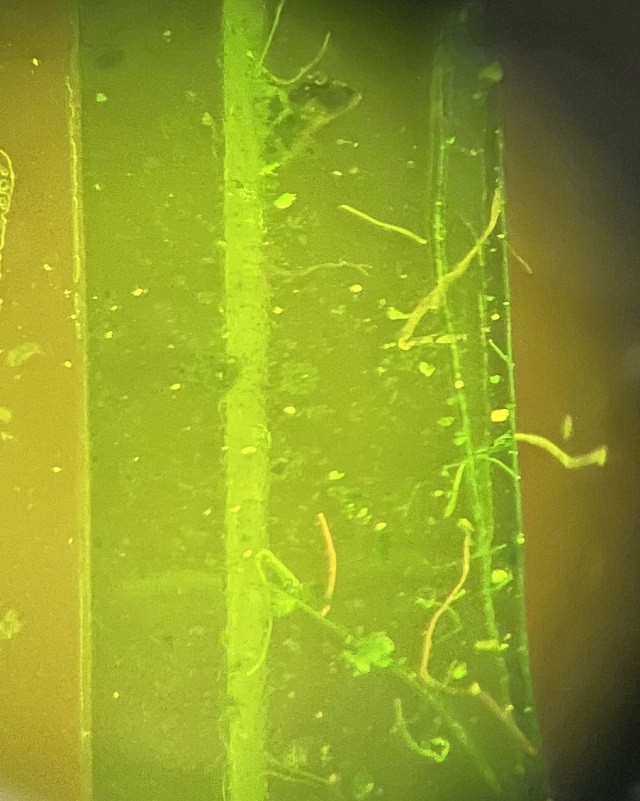
COMMUNITY SCIENTISTS WILL:
- Attend a training to learn the methodology and understand the various types, sources, environmental impacts, and health implications of plastic debris and microplastic pollution.
- Collect, filter, identify, and count the various types of microplastics from Hudson water samples.
- Record the data to increase our understanding of microplastic pollution in the Hudson Valley.
WHEN: Seasonal (June through September)
WHERE: Piermont Pier
WHO: Everyone! Children under the age of 18 must be accompanied by an adult.
GET INVOLVED: Any questions? Contact Marisa Annunziato, Education Program Assistant.
